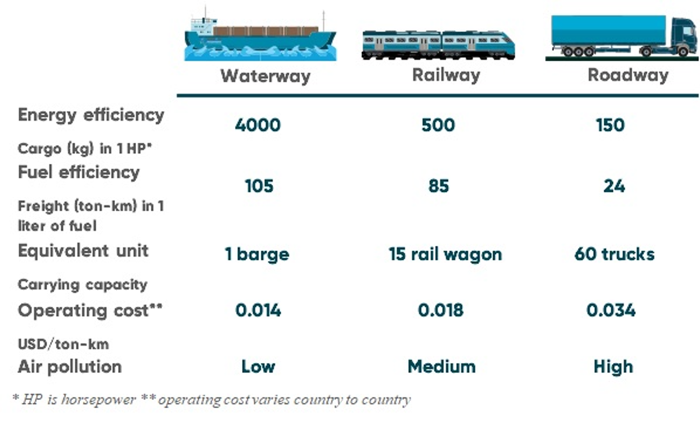Read new updates on Data-driven decision-support tools for pandemic preparedness (Florence Metz) and Healthy waterway systems (Prateek Negi)
ZonMW research project on Data-driven decision-support tools for pandemic preparedness
Florence Metz presented her research at “Data-driven decision-support tools for pandemic preparedness: leveraging mobility, symptoms, and behaviour data” organized by Eurandom, the workshop centre in the area of stochastics, on May 20, 2022. The program served as a closure for the ZonMW-funded research project in which a predictive dashboard for local corona outbreaks was developed.
Representatives of science, industry, and government were present to discuss the development, usage, and evaluation of data-driven decision-support tools for pandemics. Florence presented “Information needs of regional policymakers”. You can access her presentation here.
Healthy waterway systems play an important role in resilient trade and transportation
Prateek Negi: “In my research, I worked on reviewing the sensors and sensing technologies used for structural health monitoring of Inland Navigation Structures such as ports, quay walls, dikes, navigation locks, surge barriers, etc.”
A proper functioning of inland navigation structures is critical for the rising trade. The majority of structures in Europe and the United States have reached the end of their design life. Logistically and economically, it is not possible to replace them with new ones. The rising sea level, the occurrence of extreme weather events, and the increase in inland trade traffic have all posed new challenges to existing structures. Any malfunctioning of these structures might result in a bottleneck and a cascading effect due to delays.
Inland navigation via waterways is more cost-effective and environmentally friendly than rail or road navigation. Thus providing resilience to the structures involved supports transportation and environmental protection. The monitoring of inland navigation structures not only makes them resilient towards future changes but also addresses several sustainable development goals (SDGs) set up by the United Nations general assembly, which are industry innovation and infrastructure (SDG 9), development of sustainable cities, and communities (SDG 11), climate action (SDG 13), and partnership for the goals (SDG 17).
Inland Navigation Structures and why they are important visualized:

Fig 1: Various inland navigation structures (provided by Prateek Negi)

Fig 2. Comparison of different modes of transportation (provided by Prateek Negi)
Contact Prateek Negi for more information.
Would you like to have your research in the spotlight? Contact Nienke Nijenhuis, external communication advisor of 4TU.Resilience Engineering.



